Science
as a compass
back on 2024
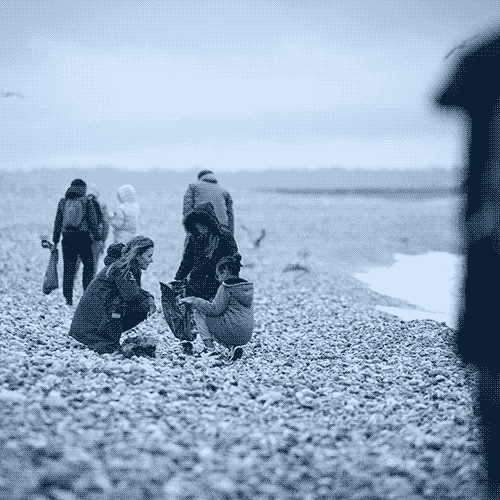
Ocean initiatives
Biomedias
OSPAR/MSFD
OSPARITO
Osparito, a version of the OSPAR/MSFD protocol designed for primary school children/leisure centres.
Plastic origins
All of the data is used at different levels – local, national and European – to improve scientific knowledge on the subject. This information is also used by advocacy teams to influence policy makers and challenge industry players to take direct action at the source of pollution and promote stricter environmental regulations.
This report highlights the results of these actions and emphasises the importance of collective commitment.
Everyone, at their own level, can contribute to preserving the environment and the ocean.
Main figures
1024
21 694
+ d'1M
223
581,3
kilometres analysed
Location of actions
55% – Manche and North Sea (3)
21% – Gascogne coast (2)
17% – West Méditerranée (4)
1% – East Méditerranée (5)
2% – Iberian coast (1)
2% – North Atlantic
0,5% – Indian Ocean
0,5% – Black Sea (6)
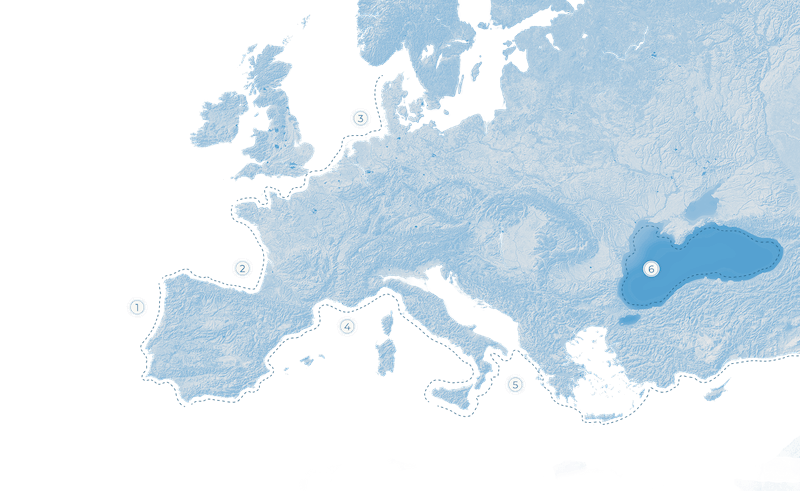
Total quantified waste
TOP 10
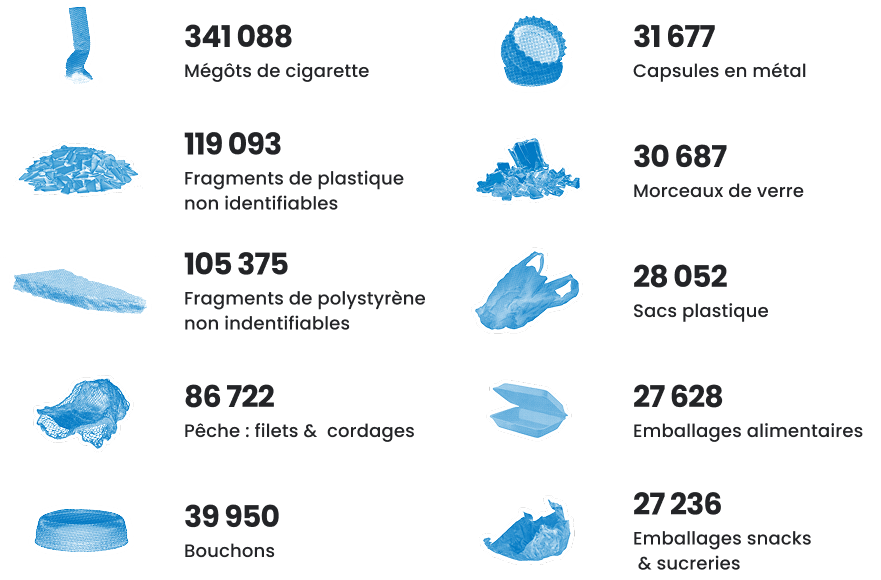

Single use plastic & unidentifiable fragments
plastic
56%
of quantified waste
COASTAL
49%
of quantified waste
INTERIOR OF THE LANDS
71%
of quantified waste
27,3%
of quantified waste
COASTAL
32,6%
of quantified waste
INTERIOR OF THE LANDS
16,1%
of quantified waste
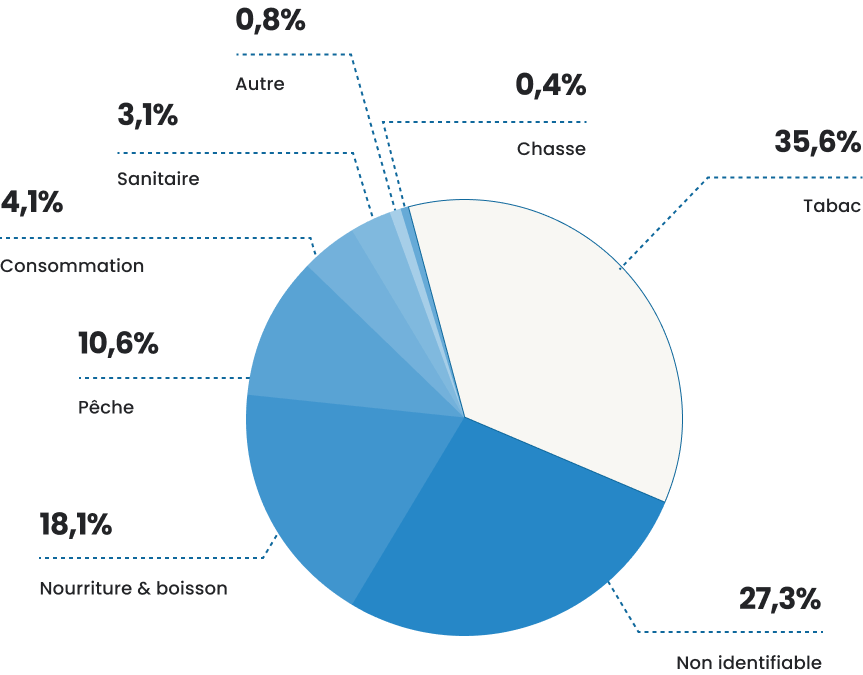
Biomedias
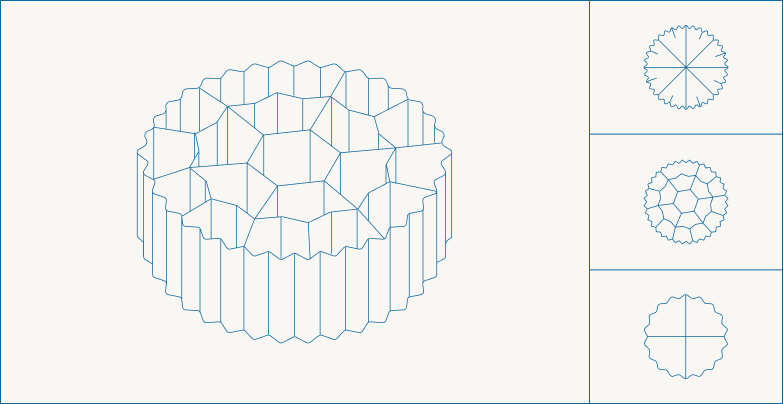
During floods, intense storms, busy tourist periods generating significant water flows, or infrastructure malfunctions, biomedia can be discharged into the environment.

135
Communes have seen their beaches and riverbanks covered with biomedia.
8 775
biomedias were found
and quantified in 2024
TABACCO
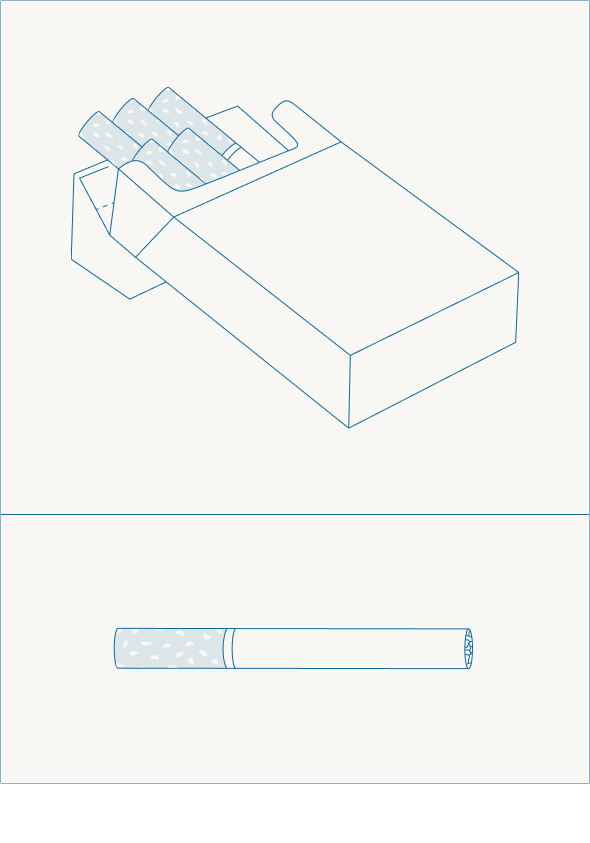
634 127
Cigarette butts were quantified in 2024.
Collections revealed the presence of cigarette butts
1 000L
Water can be polluted
by a single cigarette butt
4 000
Chemicals may be contained
in a cigarette butt
Industrial plastic pellets
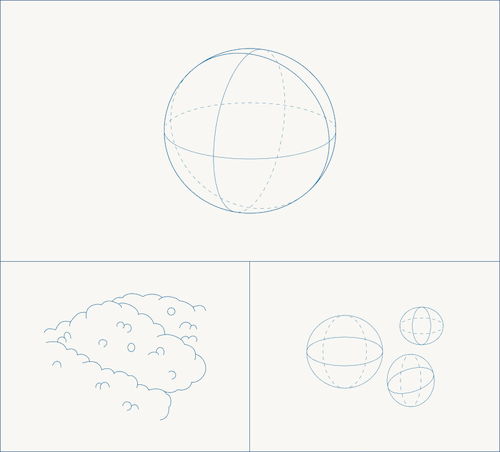

Pollution can occur during the handling of industrial plastic pellets (IPP), transport (by sea and land) or storage.
Wind and rain then contribute to their dispersion, as they are very light.
